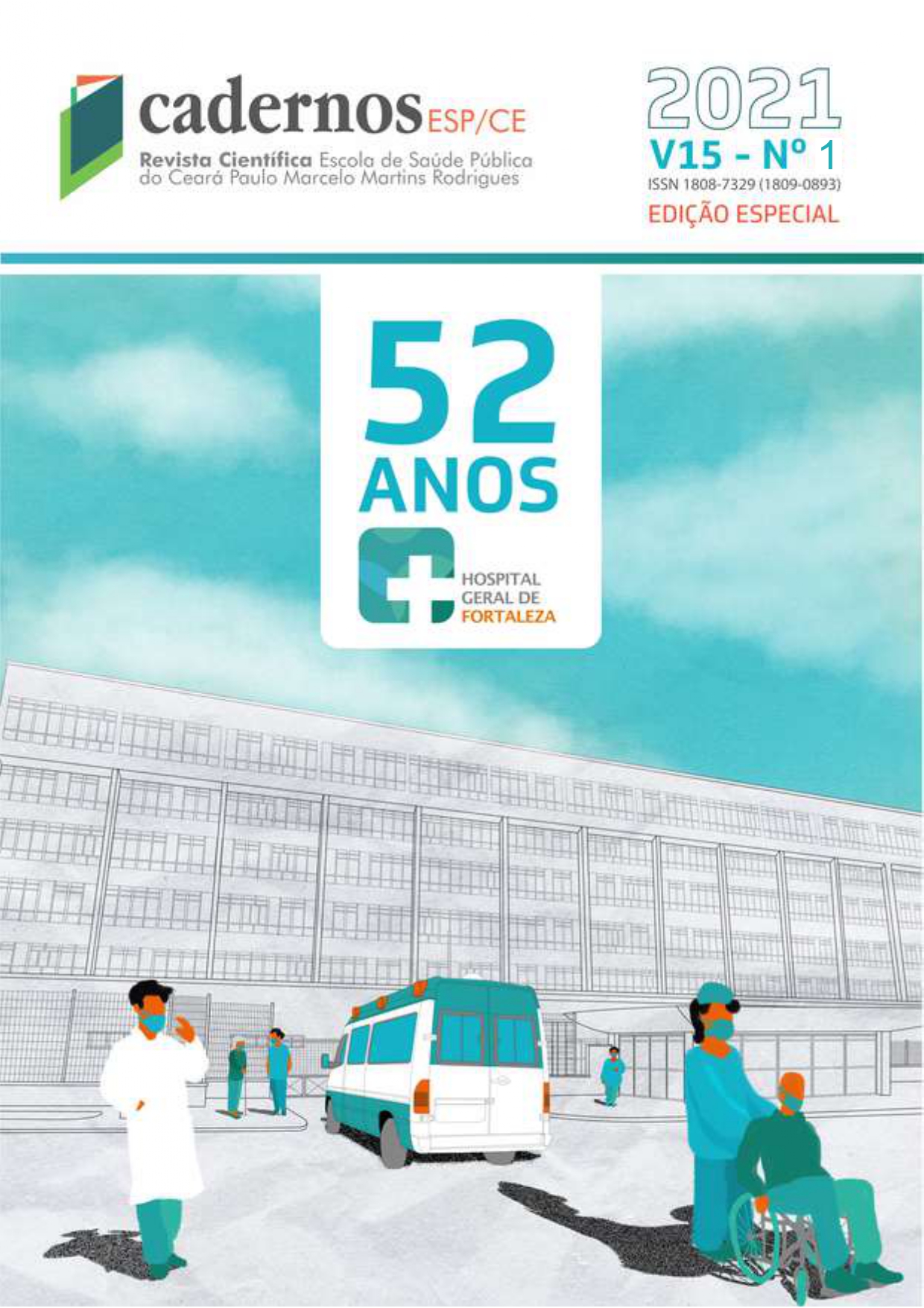TRAT-C 2019
TREATING HEPATITIS C USING A MOBILE APP
Keywords:
Validation Study, Software Validation, Chronic Hepatitis C, Guideline Adherence, Practice GuidelineAbstract
Objective: To test the effectiveness and usability of the TRAT-C 2019 application in guiding the best therapeutic scheme for patients with hepatitis C. Methods: The tests were carried out with doctors residing in the outpatient clinic for viral hepatitis at the Hospital Geral de Fortaleza. The sample consisted of 81 chronic hepatitis C patients. Results: There was a prevalence of genotype 1 (79%) and the presence of significant or advanced fibrosis in 77.7% of cases. Sustained virological response (SVR) was present in 98.1% of treated patients. The time reduction for determining the appropriate therapeutic regimen obtained with the app was 60.6% when compared to the consultation with traditional material. The usability evaluation by the System Usability Scale obtained an average score of 89.92. Conclusion: TRAT-C 2019 is easy to use and effective in defining the therapeutic scheme for hepatitis C, as evidenced by the SVR rate obtained following the treatment indicated by the application.
Downloads
References
2. Ridruejo E, Soza A. Which strategies should be implemented in Latin America to eradicate hepatitis C virus by 2030? Clinical Liver Disease 2019; 13(2):43-45.
3. Ministério da Saúde. Secretaria de Vigilância em Saúde. Departamento de Vigilância, Prevenção e Controle das Infecções Sexualmente Transmissíveis, do HIV/Aids e das Hepatites Virais. Protocolo Clínico e Diretrizes Terapêuticas para Hepatite C e Coinfecções. Brasília: Ministério da Saúde, 2019.
4. Lewis, J. Measuring perceived usability: SUS, UMUX and CSUQ ratings for four everyday products. International Journal of Human-Computer Interaction 2019; 35(15):1404-1419.
5. Ministério da Saúde. Secretaria de Vigilância em Saúde. Boletim Epidemiológico – Hepatites Virais. Brasília 2018; 49(31):1-76.
6. Lobato CMO, Codes L, Silva GF, Souza AFM, Coelho HSM, Pedroso MLA, et al. Direct antiviral therapy for treatment of hepatitis C: A real-world study from Brazil. Ann Hepatol 2019; 18:849-854.
7. Guss D, Jogganath S, Rossen P, Mohanty SR. Diagnosis and Management of Hepatitis C Infection in Primary Care Settings. J Gen Intern Med 2018; 33(4):551-557.
8. Silva NMPD, Pereira LA. Estudo Situacional das Hepatites Virais B e C no Estado do Ceará. Cadernos ESP, Ceará 2017; 11(2): 41-49.
9. Ministério da Saúde. Secretaria de Vigilância em Saúde. Saúde lança plano para eliminar hepatite C. 05 jul 2018. Disponível em: <https://www.saude.gov.br/noticias/agencia-saude/43763-ministerio-da-saude-lanca-plano-para-eliminar-hepatite-c-ate-2030>
10. De Pace V, Morelli MC, Ravaioli M, Maggi F, Galli S, Vero V, Re MC, Cescon M, Pistello M. Efficacy, safety, and predictors of direct acting antiviral in hepatitis C virus patients with heterogeneous liver diseases. New Microbiol 2019; 42(4): 189-196.
11. Ventola CL. Mobile Devices and Apps for Health Care Professionals: Uses and Benefits. P&T 2014; 39(5):356-364.
Downloads
Published
How to Cite
Conference Proceedings Volume
Section
Categories
License
Copyright (c) 2021 Cadernos ESP

This work is licensed under a Creative Commons Attribution 4.0 International License.
Accepted 2021-05-31
Published 2021-07-27






















